- Your cart is empty
- Continue Shopping

Cinnamon Powder
₹70 ₹99 Save 29%
Offers
Use code
BDAY
Flat 61% Off, Your Birthday Special
Use code
GET40
Flat 40% Off on order above Rs. 1000
Use code
GET50
Flat 50% Off on order above Rs. 3000
Use code
GET60
Flat 60% Off on order above Rs. 6000
Description
#imhealthynz Stories of our customers
Natural Fat Burning Formula
Akanksha Rai
Nutrition & Lifestyle Coach
One Brand We Can Trust Blindly
Rohan Wekhande
Founder of Tribe Media
Personalized according to your need.
Shubham Tanpure
Fitness Coach & Wrestler
Made In India. That Meets World Standards.
Vikas Damare
International Powerlifter & Health Coach
Energy, Stamina, Strength!
Balbir Singh
70 years old
No Bloating, No Side Effects.
Namrata Wekhande
Fitness Enthusiast & Corporate Profesional
They Say, It Means!
Sachin Vyas
Verified by experts, true result & recovery
Amit Londhe
Produce of India: In India, cinnamon is naturally seen in the forests of western Ghats and commercially cultivated in Kerala, Karnataka and Tamil Nadu.
History: In India and Iran, it is called darchini, meaning “wood from China”, which more accurately describes cassia. The original name came from the Malay word, “kayumanis”, meaning sweet wood. The Roman empire imported huge amounts of cinnamon, and it may have been used mostly in perfumes and fragrances and to flavor wines, but it was not favored as a cooking spice. In the Middle Ages and subsequently, cinnamon, was imported from Egypt, having been brought there by Arabian traders. Cinnamon is considered to be one of the first traded spices in the ancient world. There are many biblical references to this spice and it is mentioned in the bible by its Hebrew word, kannamon, in Psalms, Proverbs, Ezekiel, and Revelations. Cinnamon was considered so valuable during this time it was equal in worth to gold and ivory. It was regarded as a suitable gift for Monarchs and for Gods. Ancient Egyptians used cinnamon as part of their embalming rituals.
Active Ingredient: The most important constituents of cinnamon are Cinnamaldehyde and trans-cinnamaldehyde, that contributing to the fragrance and to the various biological activity observed with cinnamon.
- Make tea. The chemicals in cinnamon are water soluble and make a great tea.
- Swallow it with honey. Honey with cinnamon is a common remedy for sore throats and coughs.
- It can helps alleviate pain and soreness caused by bronchitis.
Q. Is drinking Cinnamon Powder good for you?
A. Cinnamon is rich in antioxidants and other beneficial compounds. Some research suggests that it may help support blood sugar control, protect against heart disease, and reduce inflammation. Cinnamon is a spice that has been prized for its medicinal properties for thousands of years.
Q. Is it OK to drink cinnamon powder water every day?
A. A glass of cinnamon water daily can help you tackle weight loss, improve digestion and fight a host of diseases. It even improves heart health and helps us fight infections.


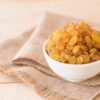


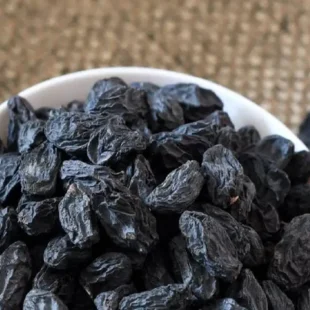

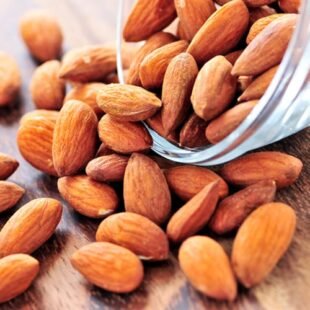

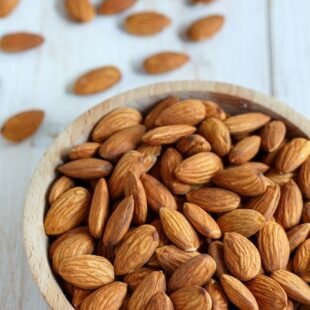
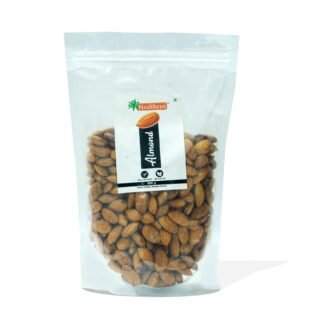

There are no reviews yet.